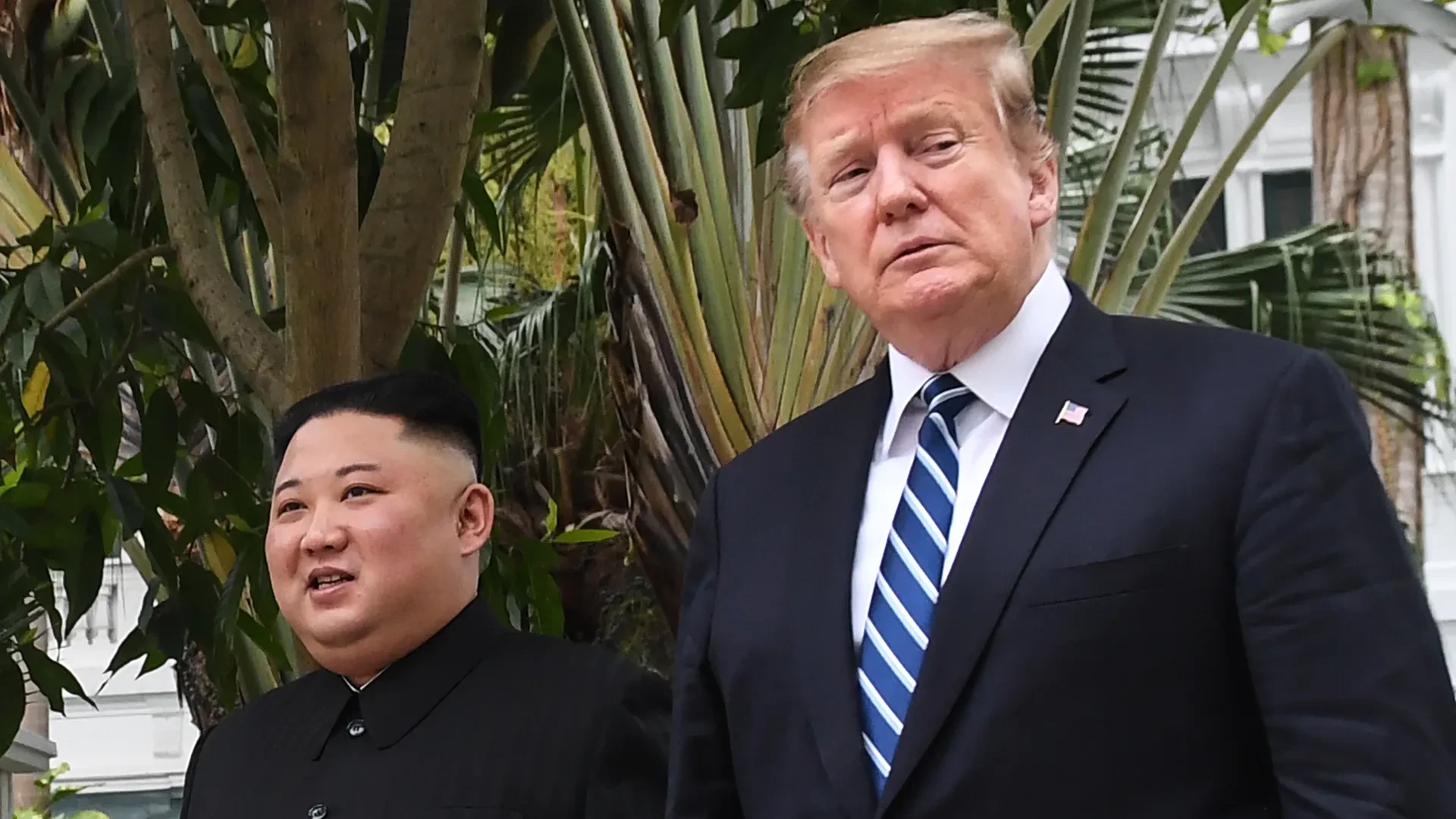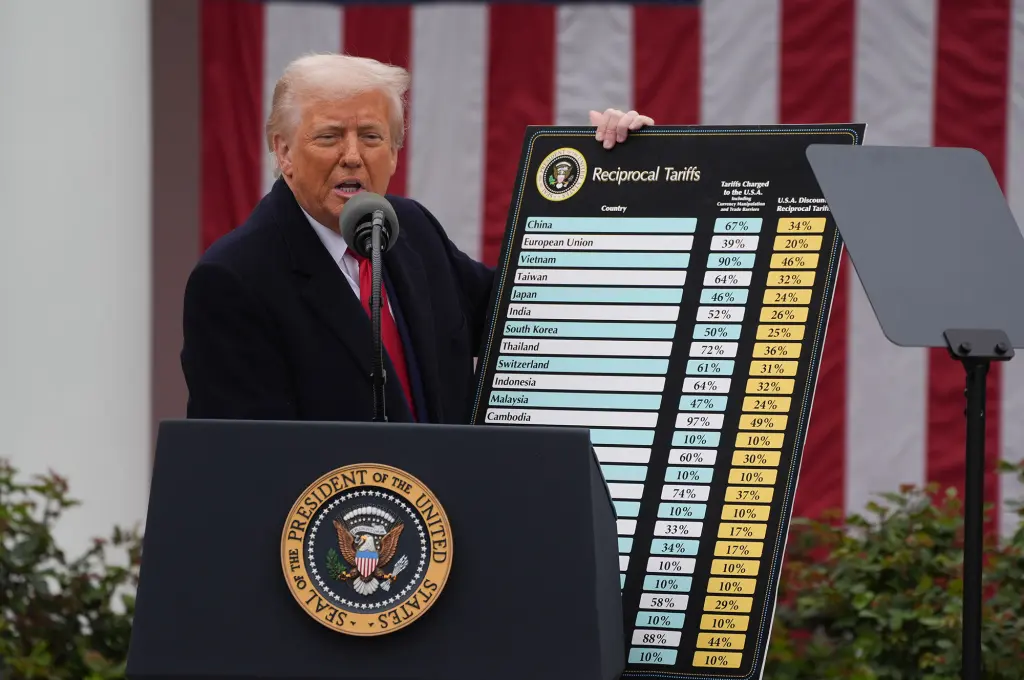Gold crossed $4,000 per troy ounce for the first time, setting a new record in both spot and futures trading and capping a year-to-date gain of roughly 52%. Intraday prints around $4,001–$4,014 were recorded across major venues as the move extended a months-long rally. The advance coincides with a U.S. government funding lapse, growing expectations for additional Federal Reserve rate cuts, and continued central-bank accumulation. The $4,000 mark comes less than two years after prices first exceeded $2,000, underscoring the speed of this year’s climb and its outperformance against many risk assets.
What pushed prices to $4,000
Several catalysts converged. First, policy-rate expectations shifted as investors priced in additional Fed easing into year-end. A lower expected path for short-term rates reduces the opportunity cost of holding non-yielding assets, historically supportive for bullion. Second, the government shutdown disrupted the flow of U.S. data and elevated headline risk, amplifying demand for perceived havens. Third, the U.S. dollar weakened versus major peers this fall, mechanically supporting dollar-denominated commodities. Fourth, central banks—particularly in emerging markets—have remained net buyers, adding to reserves on a multi-month basis and reinforcing structural demand. Finally, flows into gold-backed exchange-traded funds turned positive after a prolonged period of outflows, tightening the balance between readily available supply and investment demand. Together, these factors helped push spot and futures benchmarks through successive round numbers—$3,800 in late September, $3,900 in early October, and $4,000 this week.
Positioning, flows, and market structure
Positioning data and fund flow tallies show a broader investor base participating in the move. Bullion-backed ETFs notched their strongest monthly inflow in several years during September, reversing earlier 2025 redemptions and adding a second source of incremental demand alongside central banks. Derivatives markets reflected a similar shift, with call-skew and elevated implied volatility indicating demand for upside protection and breakout participation. In futures, open interest expanded as prices advanced, consistent with new length entering the market rather than solely short-covering. On the physical side, dealers reported tighter wholesale markets for standard bars and coins, though premiums remained calmer than during prior stress episodes thanks to healthier refinery run-rates and logistics. At the same time, mint and retail activity diverged by region, with Asia-led jewelry demand more sensitive to price jumps while Western investment demand concentrated in ETFs and vaulted products. None of these elements by itself explains a swift breach of $4,000; taken together, they illustrate a market in which macro demand, central-bank accumulation, and fund flows reinforced one another.
Macro backdrop and scenario checks
The macro environment features three pillars relevant to bullion. Rates: the Fed restarted its easing cycle with a quarter-point cut in September and has signaled it could deliver additional reductions if labor-market softness persists and inflation continues to cool. Lower nominal rates and softening real yields have historically coincided with stronger gold. Growth and fiscal policy: a shutdown has paused portions of federal operations and delayed some government data releases, while ongoing debates about deficits and debt service have kept fiscal sustainability in focus. Currency: the dollar’s year-to-date slide has improved purchasing power for non-U.S. buyers of dollar-priced metals, supporting demand. Against this backdrop, analysts’ published targets have ratcheted higher, with some houses setting end-2026 forecasts well above current spot. That said, scenario checks also highlight risks to a straight-line path. A faster-than-expected reacceleration in U.S. growth or a hawkish policy turn that lifts real yields could ease pressure on the dollar and temper haven demand, making a consolidation at or below $4,000 plausible. Conversely, if rate-cut bets firm while political and geopolitical uncertainty remains elevated, dips may be shallow as asset allocators continue to reweight toward bullion.
What to watch next
A few tangible markers will indicate whether the breakout sustains or stalls. Policy signaling: speeches, minutes, and economic prints that influence the expected policy path—particularly inflation and labor data—will shape real-yield dynamics, a primary input for gold pricing. Flows: sustained net inflows to gold-backed ETFs and continued central-bank purchases would confirm that long-only demand remains intact; a reversal would argue for consolidation. Dollar and rates: further dollar weakness and curve bull-steepening typically support bullion; stabilization or reversal would remove a tailwind. Market microstructure: if futures open interest and call-skew remain elevated while physical market premiums stay contained, the rally’s character remains institutional and macro-driven; a surge in retail premiums alongside thinning liquidity would point to a more fragile, momentum-heavy phase. Finally, watch for whether $4,000 transitions from resistance to support on pullbacks. If that level holds on retests, it suggests acceptance at the new range; repeated failures would imply the market needs additional macro confirmation before establishing a durable base.
The facts as of today are straightforward: gold printed above $4,000 per ounce for the first time, is up about 52% year to date, and reached the milestone amid a confluence of lower-rate expectations, fiscal and policy uncertainty, central-bank buying, ETF inflows, and a softer dollar. The sustainability of the move will hinge on the trajectory of real yields and the dollar, the persistence of official-sector and fund demand, and the evolution of U.S. fiscal and political risks in the weeks ahead.














Discussion